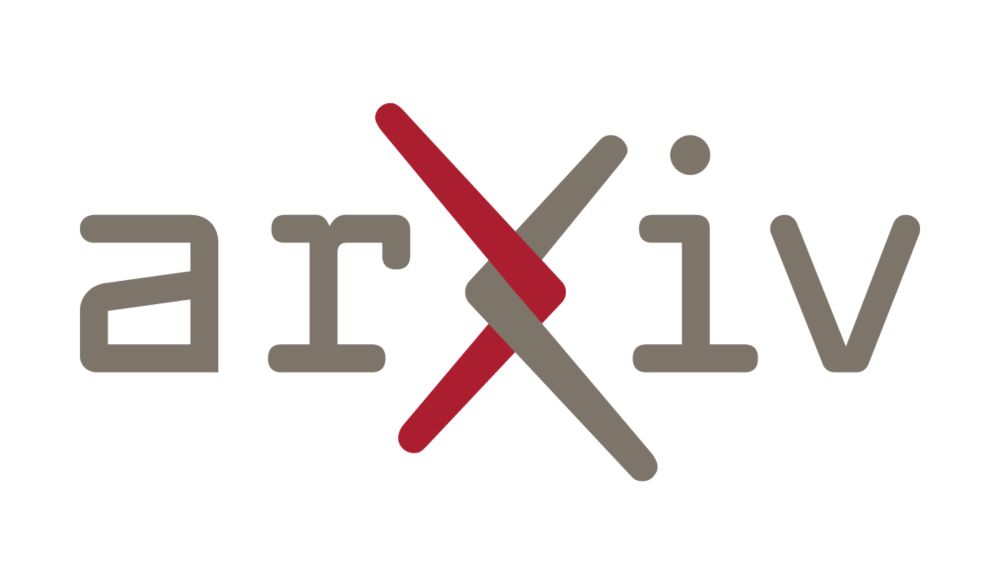
(In reality it’s probably something in between)
(In reality it’s probably something in between)
Separately, would be great to catch up next time I’m around!
Separately, would be great to catch up next time I’m around!

I’m not sure I buy the idea that novelty has to be technical.
I’m not sure I buy the idea that novelty has to be technical.
📄: arxiv.org/abs/2505.16002

📄: arxiv.org/abs/2505.16002



Across all positions, we find above-chance transfer of mechanisms with significant positive transfer when the evaluated construction is in the train set, and when the train and eval animacy match.

Across all positions, we find above-chance transfer of mechanisms with significant positive transfer when the evaluated construction is in the train set, and when the train and eval animacy match.



